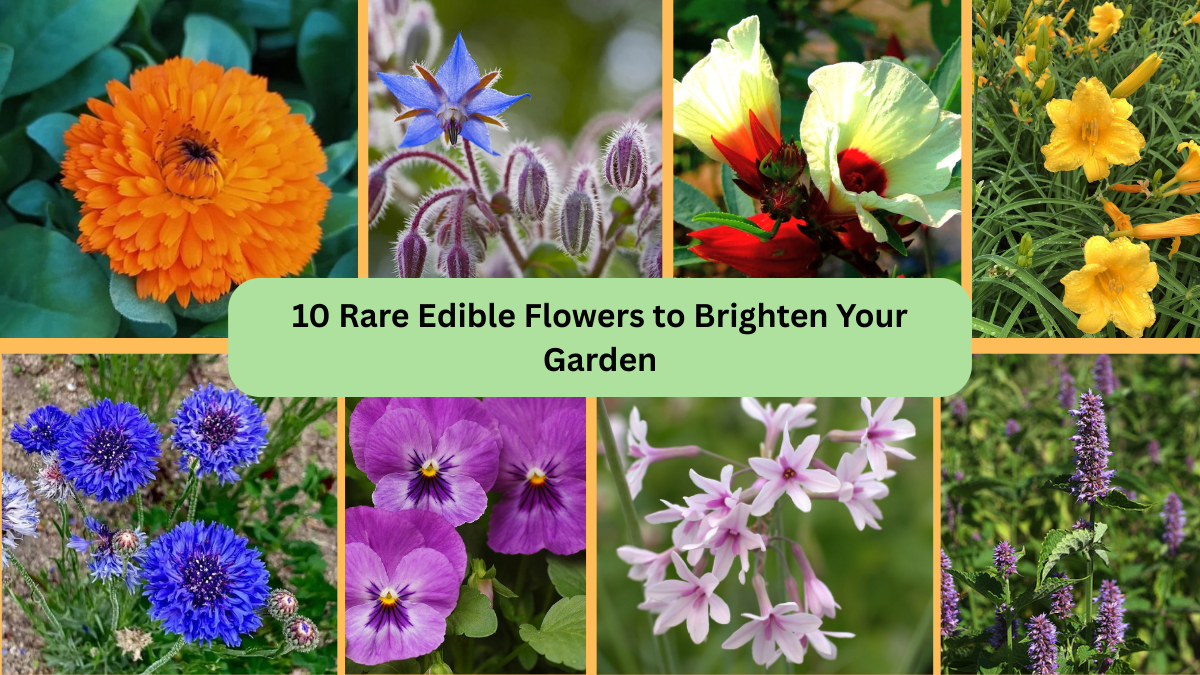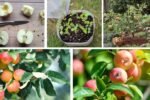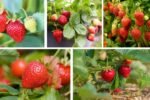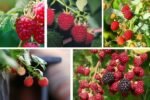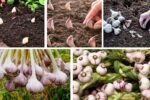Edible flowers have been used for centuries to add color, flavor, and fragrance to meals — but beyond the familiar nasturtiums and violets lies a world of rare, beautiful blooms you can grow and eat. These unique flowers don’t just make your garden more vibrant; they also introduce exciting, subtle flavors to salads, desserts, and drinks. If you’re craving something extraordinary, here are 10 rare edible flowers to brighten your garden and delight your taste buds.
1. Borage (Borago officinalis)
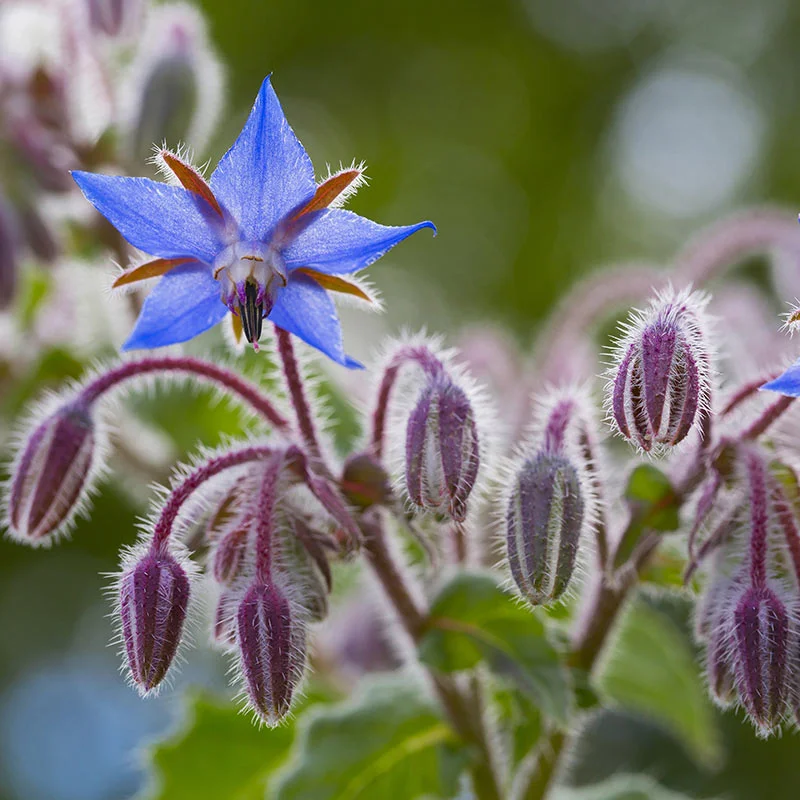
With its stunning star-shaped, sky-blue flowers, borage is both a visual and culinary treasure. This annual herb produces cucumber-flavored blossoms that can be added to salads, cocktails, or frozen into ice cubes for a charming garnish. Borage is incredibly easy to grow, thriving in poor soil and full sun. Beyond its beauty, it attracts bees and pollinators, making it a valuable companion plant. The leaves are also edible, though they have a prickly texture best softened in soups.
2. Calendula (Calendula officinalis)
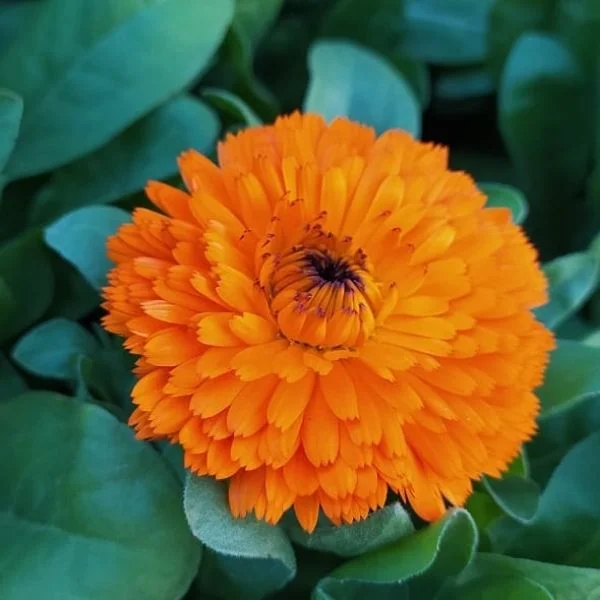
Often called “poor man’s saffron,” calendula petals add a splash of golden-orange color to salads, rice dishes, and herbal teas. Their flavor ranges from peppery to tangy, and the vibrant petals are both a natural food dye and a medicinal herb. Easy to grow in most climates, calendula prefers full sun and well-drained soil. Its cheerful daisy-like blooms not only brighten garden beds but also act as a natural pest deterrent, making it as practical as it is beautiful.
3. Hibiscus (Hibiscus sabdariffa)

Known for its large, dramatic flowers, hibiscus offers edible blooms packed with tangy, cranberry-like flavor. Commonly used to make teas, syrups, and jams, hibiscus petals also add a pop of color to fruit salads and desserts. Hibiscus thrives in warm, sunny climates and well-drained soil. The calyx, or flower base, is particularly prized for brewing herbal teas rich in vitamin C. These flowers are not only rare and striking but also boast health benefits, from lowering blood pressure to boosting immunity.
4. Chrysanthemum (Chrysanthemum coronarium)
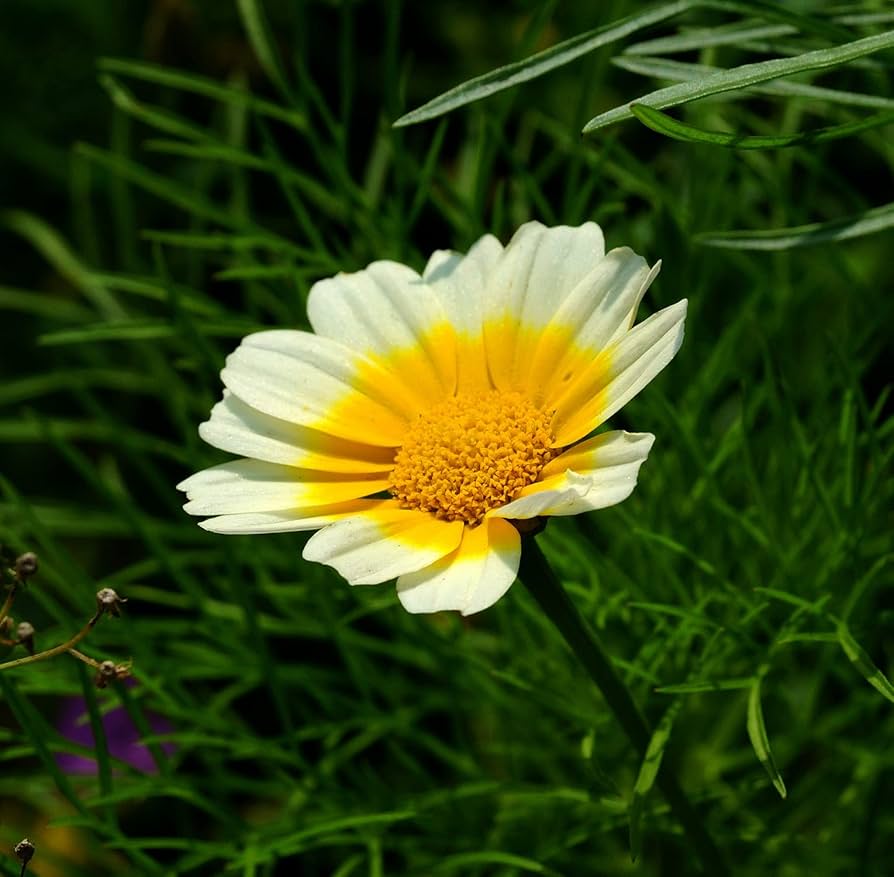
While commonly grown for ornamental purposes, certain chrysanthemum varieties are edible and popular in Asian cuisine. The mildly bitter petals can be steamed, stir-fried, or sprinkled fresh onto salads. Chrysanthemum tea is also a traditional soothing drink. This plant loves full sun and well-drained soil and produces long-lasting blooms in shades of yellow, white, and orange. Choose edible cultivars like Garland Chrysanthemum for culinary use, and enjoy its distinct flavor paired with leafy greens or light broths.
5. Society Garlic (Tulbaghia violacea)

This lesser-known perennial produces clusters of delicate, starry lavender flowers with a mild garlic flavor. Both the flowers and leaves are edible and can be used to garnish salads, pasta, or savory spreads. Society garlic grows well in full sun, is drought-tolerant, and blooms from late spring into fall. It’s an excellent addition to herb gardens and ornamental borders, offering a culinary twist with its edible blossoms and subtle fragrance. Plus, it’s a natural pest deterrent.
6. Scarlet Runner Bean (Phaseolus coccineus)
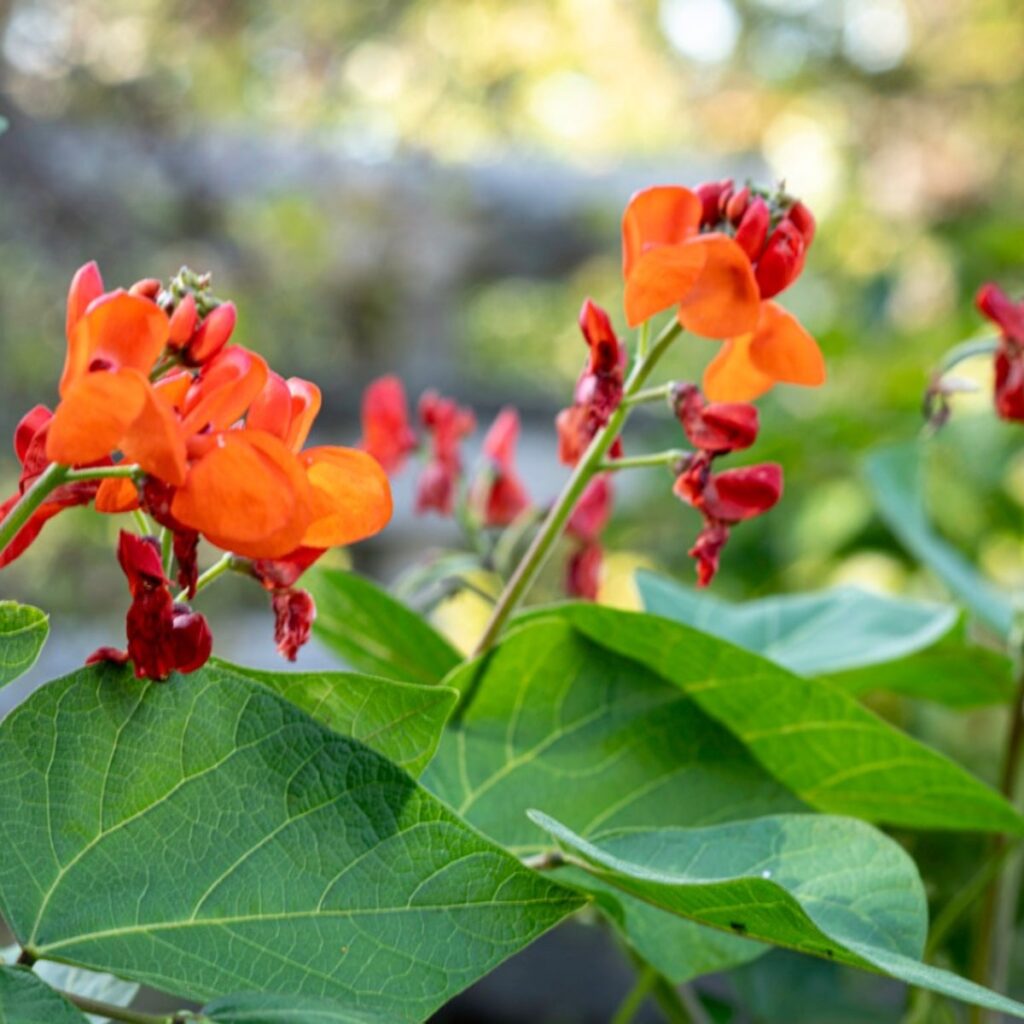
Not just a vigorous climber with brilliant red blooms, scarlet runner bean flowers are also edible. They have a mild, bean-like flavor that adds color to salads and stir-fries. Plant them near trellises or fences where they can climb and flourish in full sun. While the beans are commonly harvested, the blossoms are a lesser-known treat, and their presence also attracts hummingbirds and bees. Scarlet runner bean flowers combine ornamental charm with culinary versatility, making them a rare garden favorite.
7. Daylily (Hemerocallis spp.)
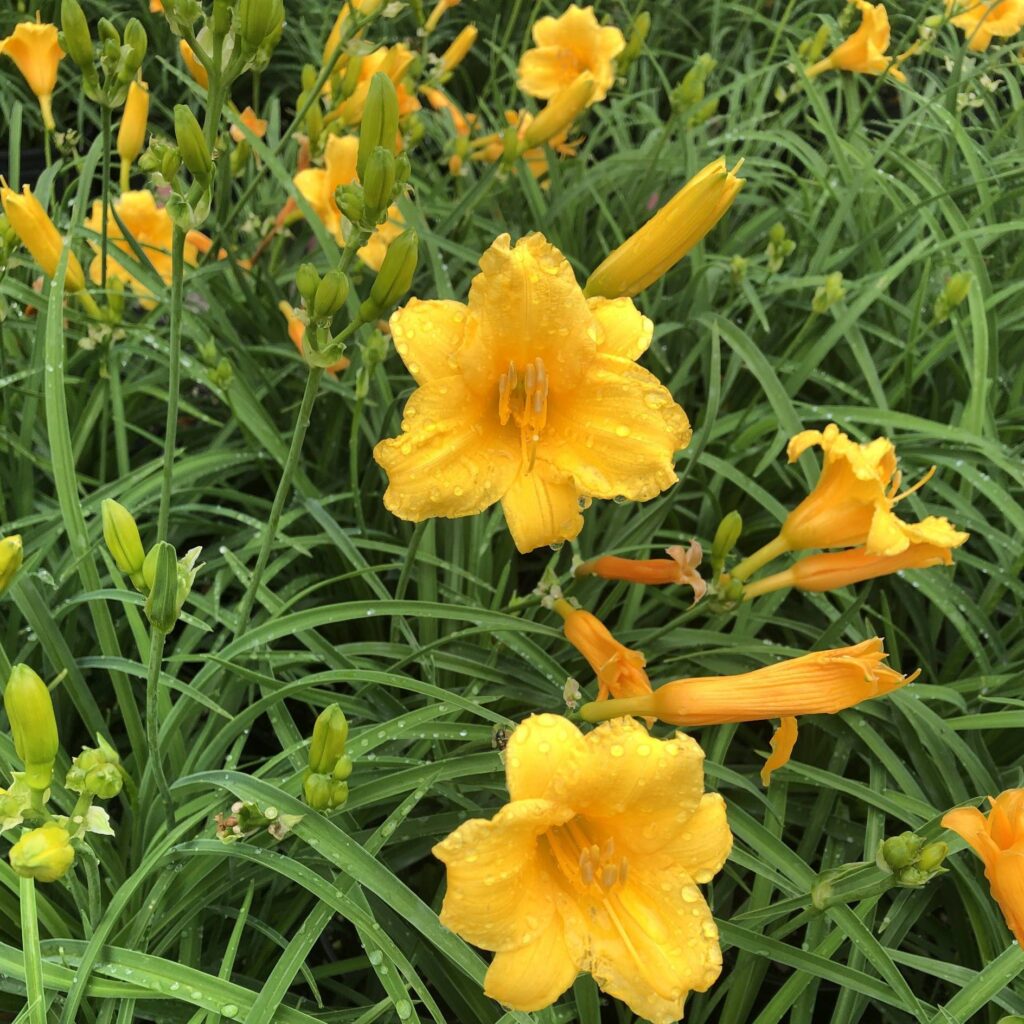
Daylilies offer striking, trumpet-shaped flowers in a variety of colors, with buds and petals that are both edible. Their flavor ranges from mildly sweet to slightly peppery, depending on the variety. Use them to stuff with soft cheeses, toss into salads, or batter and fry for a unique appetizer. Daylilies prefer sunny, well-drained locations and multiply readily. Ensure you plant edible varieties, as not all lilies are safe to eat. These blooms deliver beauty, taste, and texture to any plate.
8. Anise Hyssop (Agastache foeniculum)
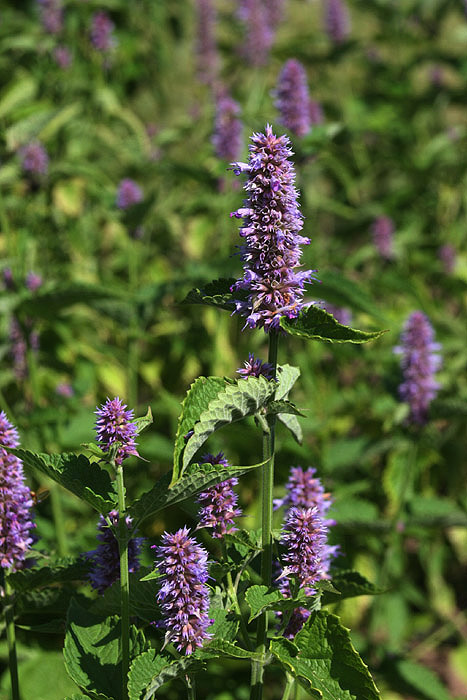
With its tall spikes of lavender-blue flowers and fragrant, licorice-like aroma, anise hyssop is a standout in both garden beds and kitchens. The flowers are edible and make a delightful addition to fruit salads, desserts, and teas. This hardy perennial loves full sun and well-drained soil and will return reliably each year. Beyond culinary uses, it attracts pollinators like bees and butterflies. Its unique flavor profile and striking appearance make it one of the most rewarding rare edible flowers.
9. Cornflower (Centaurea cyanus)

Also known as bachelor’s button, cornflower produces charming, fringed blossoms in shades of blue, pink, and white. Their slightly spicy, clove-like taste makes them a playful garnish for cakes, cocktails, and summer salads. Cornflowers thrive in full sun and average soil and are prized in cottage and wildflower gardens for their cheerful appearance and easy care. These rare edible blooms brighten both garden beds and dining tables with their vivid colors and delicate, almost wild flavor.
10. Pansy (Viola x wittrockiana)
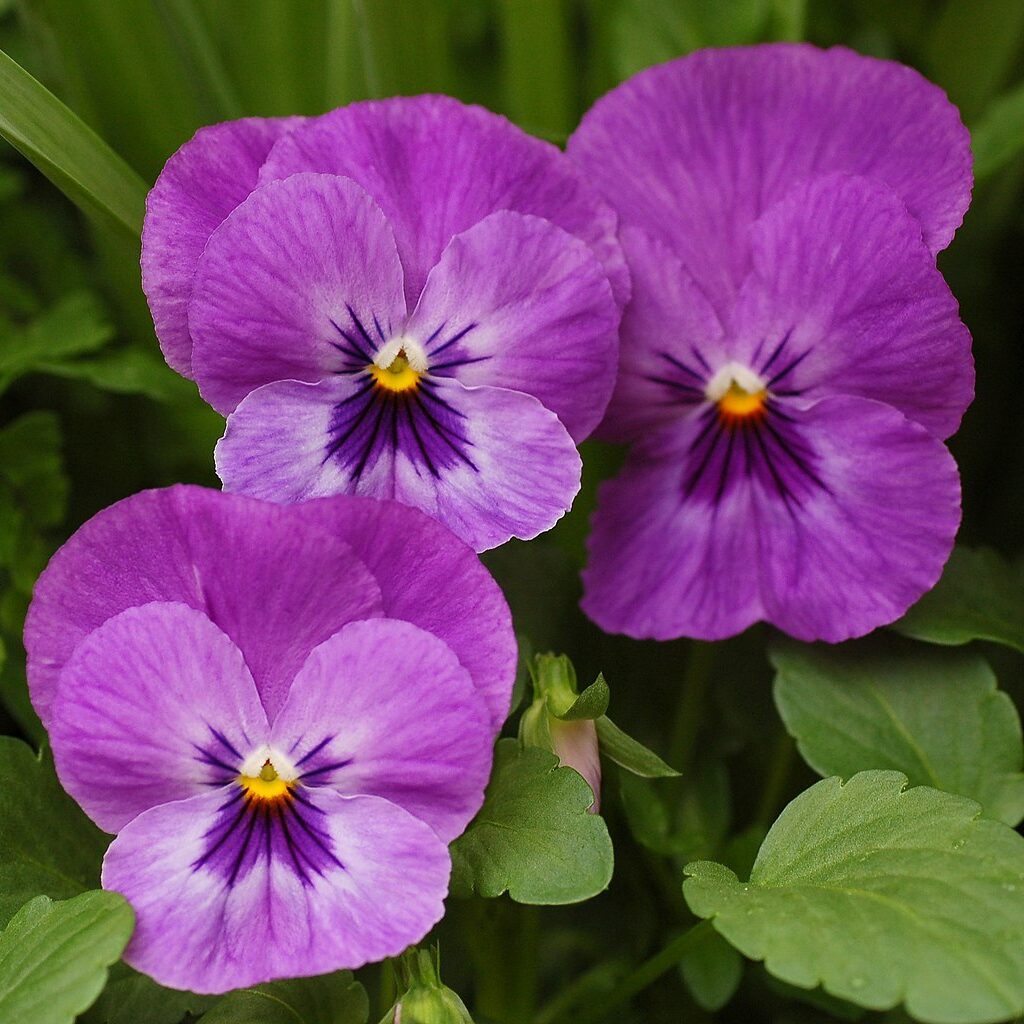
While pansies are often seen in ornamental displays, their velvety, multi-colored flowers are also edible. They offer a mild, grassy flavor with hints of wintergreen and are perfect for garnishing desserts, salads, and cocktails. Pansies thrive in cooler temperatures and partial sun and are surprisingly hardy. Use their whole blossoms to decorate cakes or freeze them into ice cubes for a festive drink accent. These rare, beautiful flowers are as versatile in the kitchen as they are in the garden.
